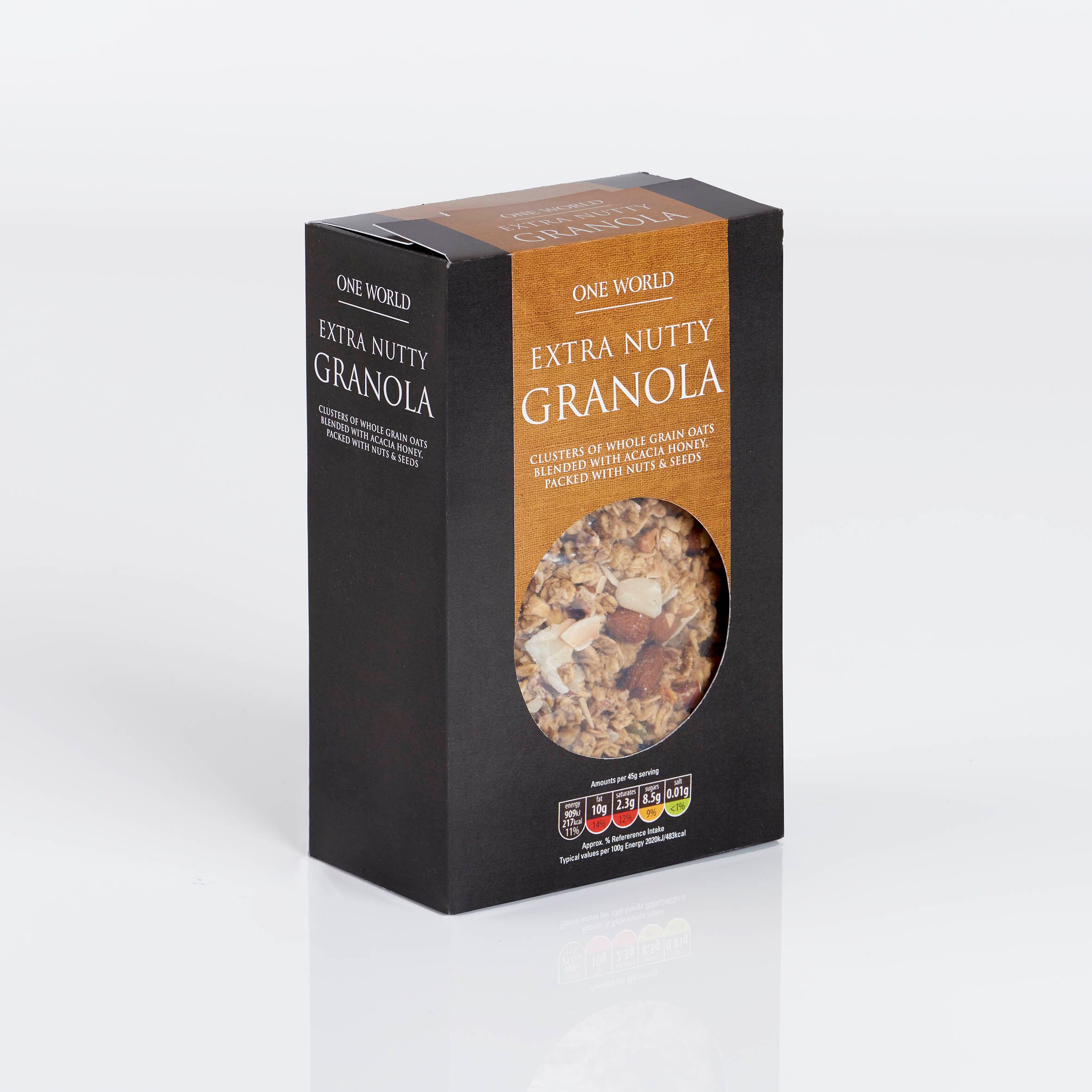The video was launched, it says, to dispel the mystery of the testing process for mineral oil that can be known to seep into certain types of packaging.
Validation tests

In the video, Neil Hudson, team leader chromatography, and Gary O’Connor, chromatography analytical leader in the Research & Development team at Innovia Films, covers testing methodology, choices of simulants and additional validation tests.
“We received many enquiries on the subject of mineral oil migration and the testing that we have conducted on our films,” said Hudson.
“We hope this video provides the answers to the most commonly asked questions. It is also a great opportunity for our contacts to see what we are doing visually.
“Mineral oil migration remains a key topic for Innovia Films. Whilst we continue to dedicate extensive research in this area for the forthcoming months, myself and my colleagues remain available for discussions with food packers and the wider packaging industry.”
Innovia Films supplies films that offer up to three years barrier to mineral oil migration.
It is a topic that has received a lot of media coverage over the past few years and can be complicated to understand because there are different opinions, tests and data for a packaging technologist to consider.
Speaking to Jane Muncke, MD, Food Packaging Forum (FPF), she told BakeryandSnacks, while it’s a great effort to explain how migration testing is done and Innovia Films has shared details on the testing procedure she said the legal migration limit of 10 ppb is not a toxicological limit or can be equated with a threshold of concern based on our current toxicological understanding.
"We have to acknowledge that uncertainty remains as to whether migration of chemicals below 10 ppb is toxicologically relevant or not, and I would like to see this issue addressed during the review of current EU FCM regulations," she said.
"Secondly, it’s likely that many different chemicals simultaneously migrate all below the 10 ppb legal limit, and they may act additively as mixture to cause a biological effect - this is a well-established scientific fact not sufficiently taken into consideration.
Mineral oil hydrocarbons (MOHs) are complex chemical mixtures. MOHs are generally derived from crude oil. They mainly consist of mineral oil saturated hydrocarbons (MOSH) and mineral oil aromatic hydrocarbons (MOAH). MOSH comprise open-chain, often branched hydrocarbons (paraffins) and cyclic, saturated hydrocarbons (naphthenes). MOAH include mono- or polycyclic aromatic hydrocarbons. Naphthenes and MOAH are generally highly alkylated. Depending on the source of the crude oil and the refining steps, MOAH contents reach up to 35%. Source: FPF
"The issue of mineral oils is a key example of what challenges we are facing with the circular economy, where we need to address apparent trade offs between protection of human health on the one hand, and reduction of resource consumption and production of waste on the other.
"Dealing with such conflicting goals will require more holistic, systemic thinking that tackles the root of the problem – our use of hazardous chemicals in everyday products."
Technical Research Centre of Finland
Other companies who have worked within the field of mineral oil migration include VTT (Technical Research Centre of Finland), which filed a patent in 2016 for a bio-based mineral oil barrier film via its SutCo pilot coating line and patent pending technology (PCT/FI2016/5075).
Jari Vartiainen, senior scientist, Packaging and Coating Technology, VTT, said it can decrease the amount of mineral oil migration in packaging by 90% and its 2-layer film can be used as a ‘bag-in-box’ liner for dry foods such as breakfast cereals.
So has BOPP film manufacturer Treofan, which claims demand is growing for phthalate-free packaging and mineral oil barrier film.
Jürgen Schischko, technical service director, Treofan, said the use of phthalates in plastics is currently under discussion and demand is growing in the food industry for materials completely free from these chemicals.
The company has installed a €7.5m ($8.2m) coater at its factory in Battipaglia, Italy, which will start operations this year.
The line is designed to deliver an annual volume of 4,000 metric tons of specialty film with a variety of coatings, installed by Swiss supplier Bobst.
Trefoan will produce its existing portfolio products from this plant as well as films with integrated mineral oil barriers.
Dry food products
Also, Clondalkin Flexible Packaging Wentus has developed two barrier films WSL 343040 and WSL 143031 for dry food products that it claims stops the migration of mineral oils from the outer packaging into food.
Mineral Oil is also being studied extensively in chocolate packaging.
Both Hudson and O’Connor have worked in the mineral oil in packaging industry for six years and have co-written a white paper on the subject in 2014 entitled ‘Mineral Oil Barrier Testing of Cellulose-based and Polypropylene-based films’, G. O’Connor, N. Hudson and S. Buckley, Packaging Technology & Science, DOI: 10.1002 /pts. 2082, Copyright (2014), John Wiley & Sons Ltd. Published online in Wiley Online Library.
Innovia Films manufactures Biaxially Oriented Polypropylene (BOPP) films using a proprietary ‘bubble’ manufacturing process. The company employs 850 people worldwide and has production facilities in Australia, Belgium and the UK.
